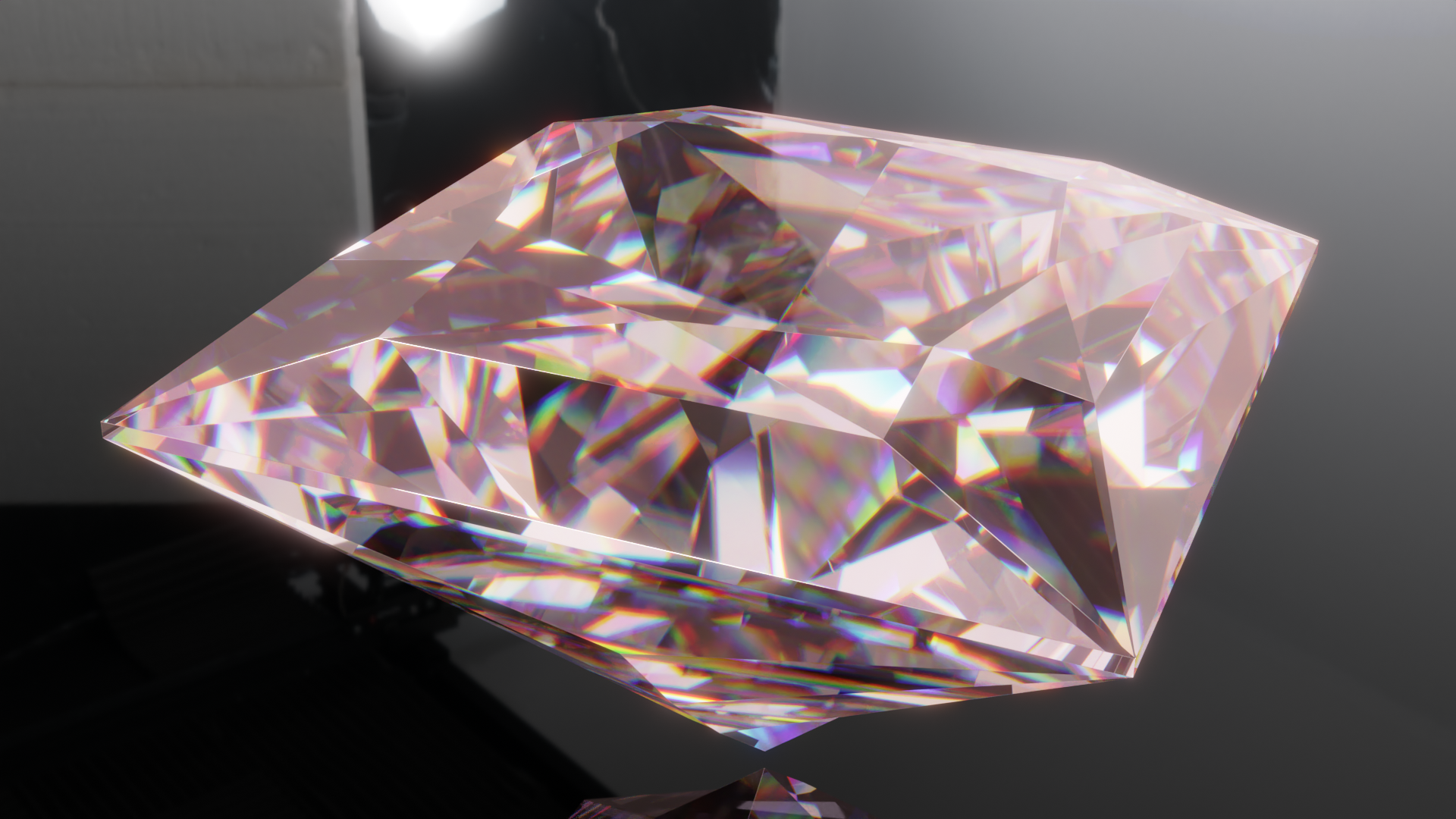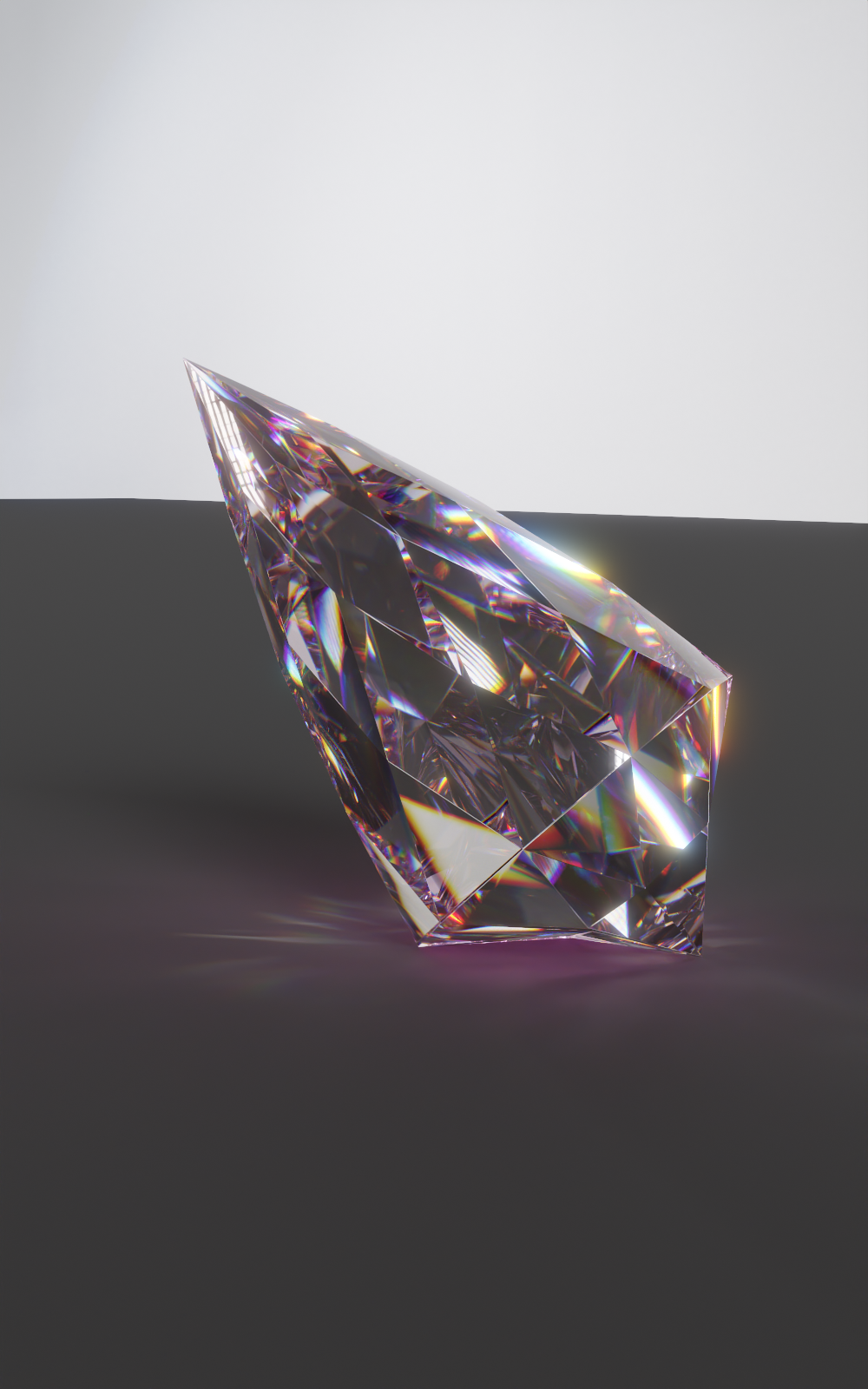Natural Resources of Moriji
The following is a general overview of natural resources and derived resources produced by /morig/ in sufficient quantity and/or value that make them profitable for international trade.
Farming
Rice is the versatile staple grain of Moriji, finding its way in all meals in one way or another. It is cultivated in the warmer Northern parts of the island. This climate quirk may seem strange at first, given the majority of the island has a more tropical to subtropical climate, as expected from its latitude on Vitubia. This discrepancy is explained by the influence the high concentrations of Mori-attuned chuubanite found near Mt. Mori has on the area surrounding the mountain. A sharp temperature gradient can be measured when traveling from the tropical center of the island to the more temperate Southern lands. It seems the small quantities of chuubanite found in the water, soil and biomass absorbs heat from their surroundings.
As such, other crops are cultivated in crop rotation in the south of the island, namely rapeseed, wheat, negibeans, barley and peas.
Negibeans are an important protein source within Moriji cuisine, and a significant source of micronutrients such as calcium and iron. The white beans can be used in a wide variety of ways; among others, it is made into tofu, sauces and milk. Due to its high mineral content, this is a food that contains a relatively high amount of Mori-type chuubanite when cultivated on Moriji.
Moriji also features a thriving winemaking tradition. The finest grapes are cultivated near the cold Mt. Mori, within the underworld, and processed into sacred wine in limited quantities, making this a premium item. Chuubanite seems to influence this fruit and product in strange ways, allowing it to grow in these colder conditions somehow. Good quality grapes are also grown on the northern coast of the island, where the mediterranean climate is more suited to traditional winemaking, while lower quality win will be sourced from other parts of Moriji.
Other non-staple crops found on /morig/ include strawberries, cherries, and bamboo shoots, cashews, vanilla, cloves, tropical fruits, sugarcane, saffron and coffee in the tropical regions. Heartnuts can also be grown in the regions closer to the Underworld.

Logging
Mt. Mori is renowned for its sacred cherry tree groves, where logging and fruit harvest is strictly regulated. The temperate regions are also home to ash and oak trees in large quantities.
In the warmer parts of the island, you may find ebony and rosewood forests, and bamboo groves which are exploited for both food and structural materials.
Fishing
The tropical waters of Moriji are home to a variety of edible sea life. Salmon is commonly caught, as are sardines, tuna and species of rays. Shrimps and octopus are also important staples of Moriji fisheries and diets.
Mining
The island is the epicenter of a geologically recent Large Igneous Region on the Minor Holo tectonic Plate. These conditions result is significant deposits of Platinum Group Elements (PGEs) being found on the island, as well as Nickel-Copper (Ni-Cu) veins. Amounts of IOCG ore are also present, gold in particular. Chromium is found in large quantities as stratiform deposits formed in layered ultramafic igneous complexes.
Porphyry stone can easily be found and is widely used in structural and decorative purposes due to its attractive red colors, which are favored by the goddess. Kimberlites also have a significant presence and result in diamonds featuring prominently in /morig/ culture. Ultramafic rock kimberlites in the North part of the volcanic ridge also feature moissanite inclusions.
Hydrocarbons are present in the form of an unconventional petroleum deposit, oil sand fields, best described as loose sands or partially consolidated sandstone containing a naturally occurring mixture of sand, clay, and water, soaked with bitumen, a dense and extremely viscous form of petroleum. This resource holds a fair amount of product, but requires a large investment in both effort and technology to be exploited.
Moriji Diamonds
The many diamond mines bored into the mountains of Moriji provide the island with one of its most prized luxury goods. Diamonds, due to their exceptional hardness, have the highest affinity with Mori-type chuubanite of any known material, and thus accumulate and stabilize the substance while buried under the island. This gives their trademark slight pink tint and fluorescence. The gems are mostly used within the island, and exports to customers outside of the nation are rigorously regulated by the Goddess Faithful, ever careful to restrict the outflow of Mori-type chuubanite. Death Masks and other items of clothing from the rich, powerful and militarily inclined will often feature the diamonds, often as a status symbol, but more importantly to increase the amount of chuubanite found in Death Masks.
The presence of the chuubanite also vastly improves the toughness of the material. Not the hardness, as diamond is already extremely hard, but it makes the structure less prone to fractures, similar to carbonado diamonds but with a high optical clarity. If you hold one of the stones in your hand, you would also notice a remarkable coldness emanating from it, an effect of Mori-type chuubanite exacerbated by the high thermal conductivity of diamonds.
Diamonds mined farther from Mont Mori display a more subdued coloration and subtler special material properties, as expected.


Import list
| Country | Products |
|---|---|
| /nasa/ 1126 VTE - 1127 VTE | Military Rations, Stainless Steel Billets |
| /risu/ 1123 VTE - | Bog Iron, Teak Wood, Ironwood |
| /vrt/ 1118 VTE - | Iron, Copper, Tobacco |
| /inf/ 1129 VTE - | Common Oak, Copper, Olive Oil, Cider, Wine, Brandy, Beer, Ale, Vodka |
| /vsj+/ Ironmouse Prefecture 1129 VTE - | Iron, Tobacco |
| /vnug/ 1130 VTE - | Iron, Coal, Smoky Whisky, Kvass |
| /hag/ 1120 VTE - | Elderberry Jam, Elderberry Wine |
Export list
| Product\Country | /nasa/ 1126 VTE - 1127 VTE | /risu/ 1123 VTE - | /vrt/ 1118 VTE - | /inf/ 1129 VTE - | /vsj+/ Ironmouse Prefecture 1129 VTE - | /vnug/ 1130 VTE - | /hag/ 1120 VTE - |
|---|---|---|---|---|---|---|---|
| Rice | ✓ | ✓ | ✓ | ||||
| Cashews | ✓ | ||||||
| Rapeseed Oil | ✓ | ✓ | ✓ | ✓ | |||
| Diamonds | ✓ | ✓ | |||||
| Moissanite | ✓ | ||||||
| East Moriji Wine | ✓ | ✓ | ✓ | ||||
| West Moriji Wine | ✓ | ✓ | |||||
| Antique Weapons | ✓ | ||||||
| Chromium | ✓ | ||||||
| Negibeans | ✓ | ✓ | ✓ | ||||
| Gold | ✓ | ✓ | |||||
| Platinum | ✓ | ||||||
| Vanilla | ✓ | ✓ | |||||
| Cloves | ✓ | ✓ | |||||
| Saffron | ✓ | ✓ | |||||
| Coffee | ✓ |
Product list
Likely common products are marked with *
Products of uncertain availability are marked with ?
Staple food:
- Rice*
- Rapeseed*
- Negibeans*
- Wheat*
- Barley
- Peas
Fruits:
- Mango*
- Pineapple*
- Avocado*
- Grapes
- Banana
- Heartnuts
- Olives
- Strawberry
- Cashews
- Cherry?
Spice:
- Saffron
- Vanilla
- Clove?
Misc.:
- Sugarcane
- Coffee
- Bamboo shoots
Fibre:
- Bamboo Fibers*
Wood:
- Bamboo*
- Oak*
- Ash
- Tropical hardwood
- Ebony
- Rosewood
- Teak
- Cherrywood?
Bounty of the sea:
- Salmon*
- Tuna
- Sardine
- Ray
- Shrimp*
- Octopus*
Metallic mineral:
- Platinum*
- Gold*
- Chromium*
- Cobalt*
- Ilmenite (Titanium)*
- Copper
- Nickel
- Manganese
- Uranium
- Silver
- Iron
- Zinc
- Tin
Gemstones:
- Diamonds*
- Moissanite
- Mont Mori Diamonds?
Stone:
- Marble
- Porphyry
- Jasper
- Tuff
Hydrocarbons:
- Oil sand bitumen
Derived product:
- Wine
- West Moriji Wine
- East Moriji Wine
- Mont Mori Wine?